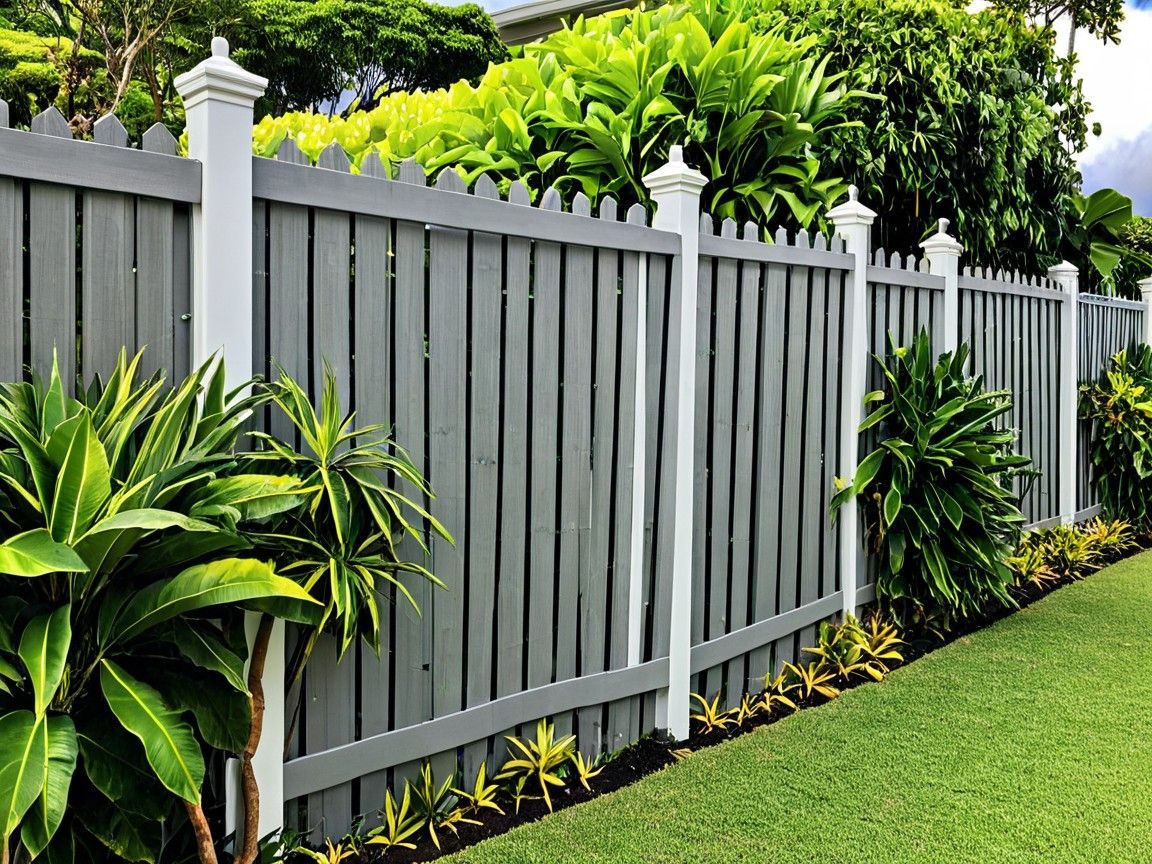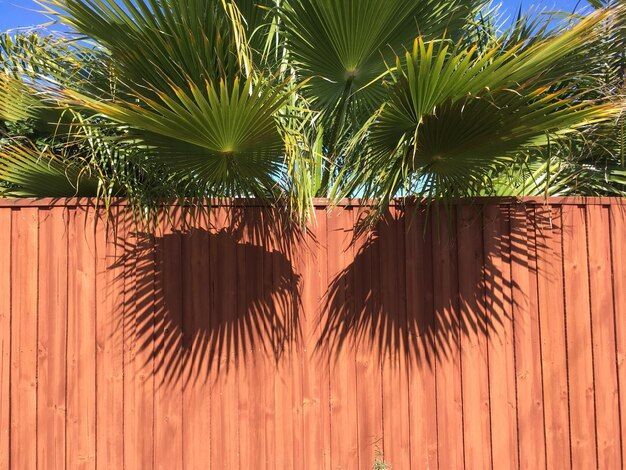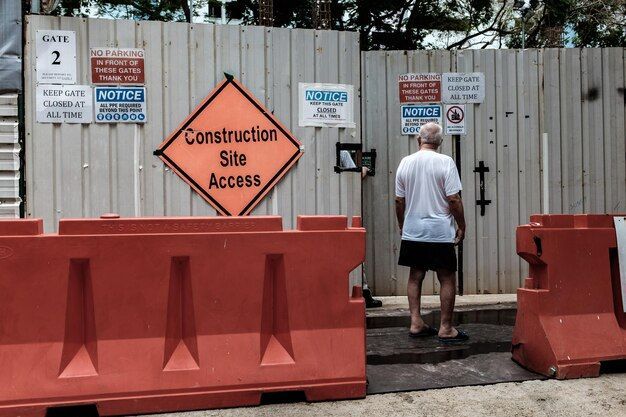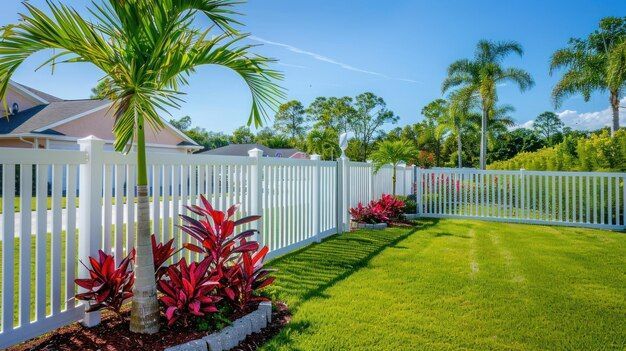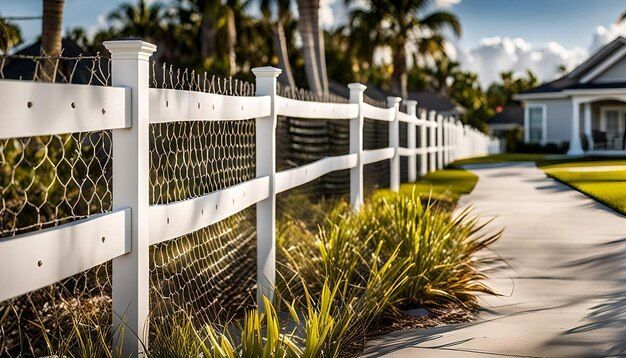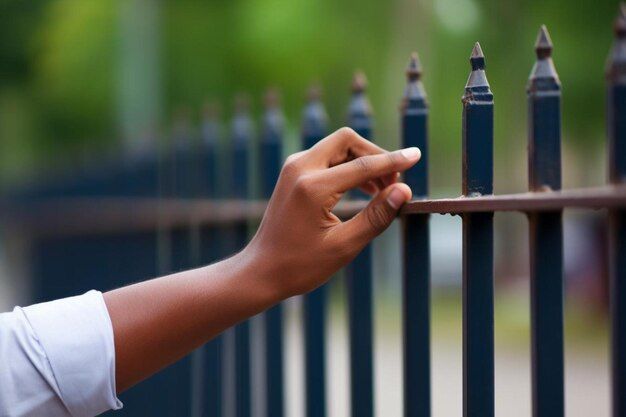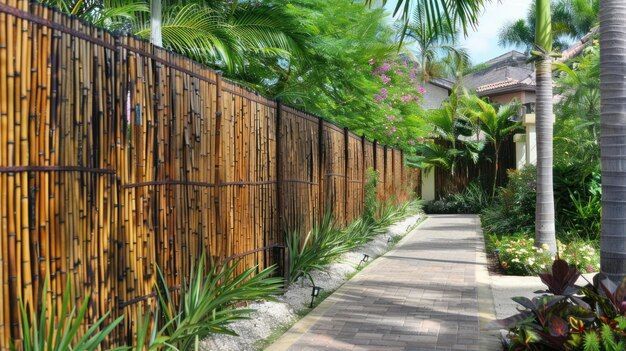Heavy rain and melting snow can create havoc on your fence's foundation. As the wet season takes its toll, the excess moisture softens the soil, making it more prone to erosion. This leads to posts becoming loose and unsteady, potentially causing sections of the fence to lean or even collapse. Over time, this instability can result in costly repairs and even total replacement. Not only does this impact the fence’s durability, but it can also compromise its functionality and security.
Sunset Hawaii Fencing Company
CALL US NOW 808-201-0912
Avoid These Common Fence Problems When Building in Cold or Wet Seasons
Building a fence in winter or during rainy seasons presents unique challenges. Cold temperatures can affect concrete setting, while excess moisture can weaken the foundation. Without proper planning before fence installation in Hawaii, you may end up with shifting posts, rotting wood, or soil erosion. This guide will help you understand these challenges and provide solutions to ensure your fence remains strong and durable.
Understanding the Impact of Weather on Fence Installation
Cold Temperatures: In freezing conditions, concrete takes longer to cure and may not set properly, leading to weak fence foundations.
Excess Moisture: Wet soil can cause instability, leading to shifting posts and long-term damage.
Freeze-Thaw Cycles: Expanding and contracting soil can loosen fence posts over time, reducing stability.
Common Fence Problems in Cold and Wet Seasons
Posts Shifting Due to Freeze-Thaw Cycles
In colder climates, freeze-thaw cycles can cause significant issues for fence stability. When moisture in the soil freezes, it expands, and as it thaws, it contracts. This constant movement causes the ground around fence posts to shift, pushing them out of alignment. Over time, this can lead to leaning or unstable posts, compromising the integrity of your entire fence.
Soil Erosion Around Fence Posts
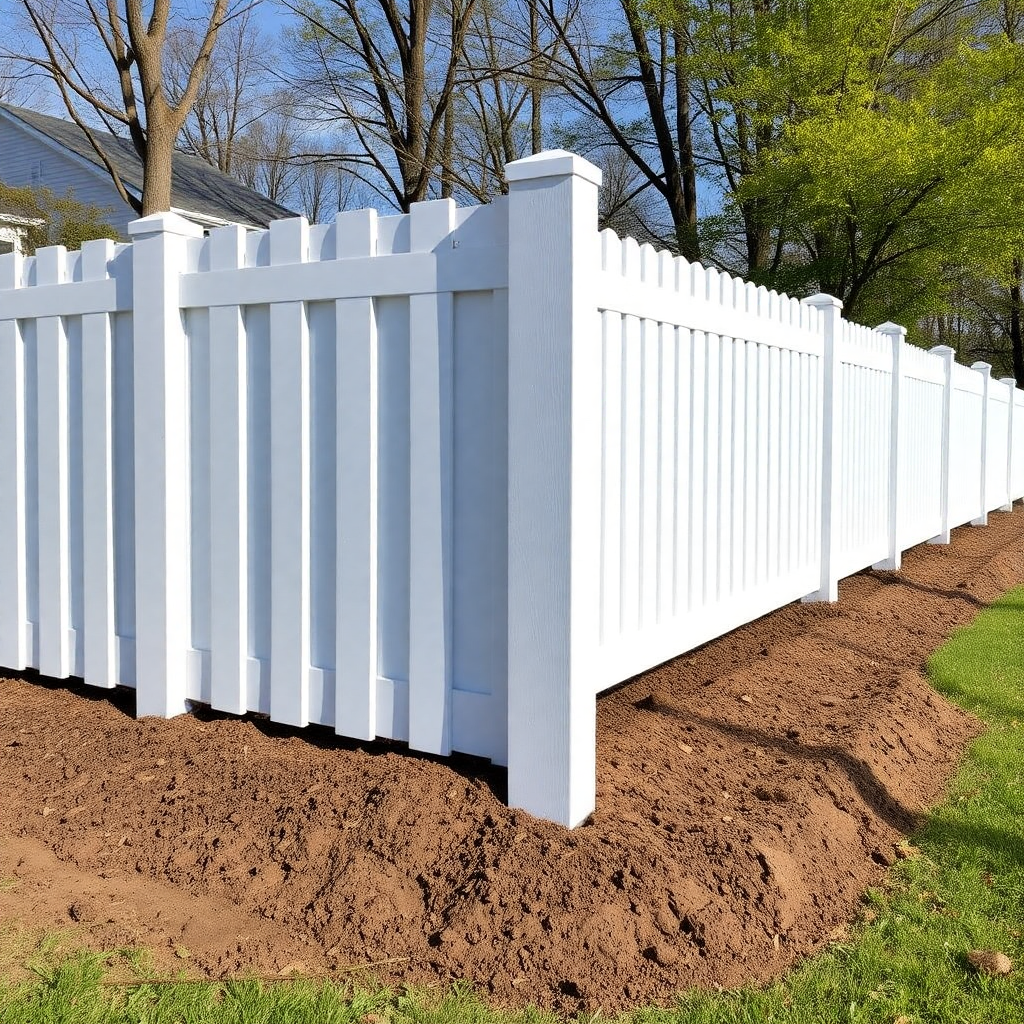
Weak Concrete Foundations
Weak concrete foundations are a common problem as low temperatures slow down the curing process, making the concrete prone to brittleness and cracking. In cold or wet conditions, the water content in the mix can freeze, causing the concrete to expand and lose its strength. This can lead to uneven settling of the fence posts, compromising the overall stability. Furthermore, any moisture trapped in the concrete can freeze and thaw, exacerbating the cracking over time. As a result, the fence may become unstable, requiring costly repairs or even complete replacement.
Wood Rot and Moisture Damage
Wooden fences are a popular choice for many properties, but when built during cold or wet seasons, they’re at risk of serious damage. Extended exposure to rain, snow, and freezing temperatures can significantly affect the integrity of the wood. Moisture seeps into the fibers, weakening the structure and providing an ideal environment for mold and mildew. Over time, this can cause the wood to warp, crack, or even fall apart. The result? A fence that’s not only unsightly but unreliable for securing your property.
Best Practices for Fence Installation to Avoid Issues in Cold and Wet Weather
Dig Below the Frost Line
When constructing a fence during colder or wet seasons, it's crucial to dig below the frost line to ensure the stability of your fence posts. The frost line is the depth at which the ground freezes during the winter months, and it can cause shifting and heaving of the posts if they aren't set deep enough. By digging post holes at least 2-3 feet deep, you help prevent this from happening, ensuring your fence remains sturdy and secure. This extra depth allows the posts to rest below the freeze-thaw cycle, which can weaken the foundation of the fence over time. Taking this precaution also provides better support, especially during wet conditions, where the soil may be more prone to erosion or shifting. A properly installed fence with posts set below the frost line will not only withstand cold weather but also ensure long-lasting durability in various environmental conditions.
Use Fast-Setting Concrete
When building a fence in cold or wet seasons, one key factor to consider is the type of concrete you use for setting the posts. Opting for fast-setting concrete can make a significant difference. Unlike traditional concrete, which requires a longer curing time, fast-setting concrete hardens quickly, minimizing the posts' exposure to moisture and freezing temperatures. This is particularly important in colder climates where frozen ground or rain can delay construction. Fast-setting concrete allows for a more efficient installation process, providing a stronger, more durable foundation for your fence that can withstand the harsh weather conditions typical of these seasons.
Essential Coating and Maintenance
Proper maintenance and coating are essential for ensuring your fence stands strong during cold and wet seasons. Wood, metal, and chain-link fences are particularly vulnerable to damage from moisture, freezing temperatures, and snow if not regularly maintained. Wood fences require sealants to prevent water absorption, while chain-link and metal fences need protective coatings, such as galvanization or rust-resistant paint, to avoid rust and corrosion. Regular inspections and reapplication of coatings will help protect your fence from the harsh elements and extend its lifespan.
Waterproof Your Fence
Ensuring your fence is waterproofed is crucial when building during cold or wet seasons to protect its integrity. Applying a high-quality sealant to the fence can act as a protective barrier, preventing moisture from seeping into the wood and causing rot or decay. Additionally, opting for treated wood that’s specifically designed to resist water and weather damage can add extra durability to your fence. However, if you’re looking for a more low-maintenance option, vinyl fencing provides an excellent alternative. Vinyl fences are naturally resistant to moisture and won’t warp, crack, or swell like wood, making them a great choice for long-lasting protection against cold and wet weather.
Improve Drainage
One of the most overlooked yet crucial steps when building a fence in cold or wet seasons is ensuring proper drainage. By sloping the ground away from the fence posts and adding gravel, you can prevent water from pooling around the base, which could otherwise weaken the foundation. These simple measures help maintain your fence's stability and longevity, even during harsh weather conditions.
Conclusion
Building a fence in challenging weather requires extra precautions, but proper planning and execution can ensure durability. By using weather-resistant materials, securing posts correctly, and implementing drainage solutions, you can prevent costly repairs and maintain a strong, stable fence for years. If you need Professional Fencing in Hawaii, contact us today!

